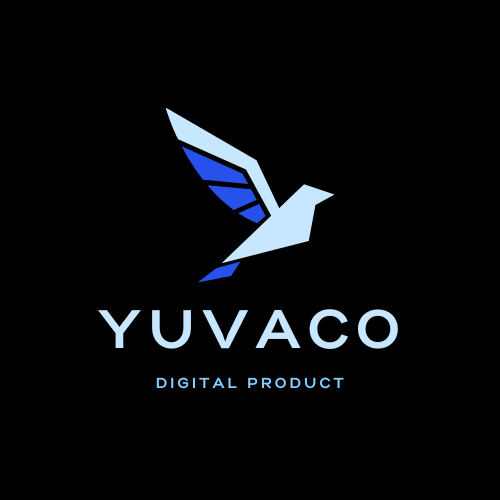In current business environment, organizations strive to achieve operational efficiency, maintain consistency, and foster continuous improvement. One key element that sets successful organizations apart is their commitment to process documentation. These process documentation-centric organizations recognize the value of capturing and sharing knowledge, and they reap the benefits of enhanced productivity, streamlined operations, and improved decision-making. In contrast, organizations that neglect the importance of documenting their processes may find themselves facing numerous challenges that impede their growth and hinder their ability to adapt. In this blog, we will explore the advantages of being a process documentation-centric organization and offer tips for success.
- Promoting Consistency and Standardization
Process documentation ensures that work is carried out consistently across teams and departments. When employees have access to documented procedures, they can follow established guidelines, reducing errors and variations in outcomes. This consistency fosters a sense of reliability and trust among customers, leading to increased satisfaction and loyalty. In contrast, organizations without proper documentation may experience inconsistencies, inefficiencies, and a lack of accountability.
Tip: Invest in a centralized process documentation system that allows employees to easily access and update procedures. Regularly review and update documentation to reflect process improvements and changes.
- Accelerating Onboarding and Training
Efficient onboarding and training processes are crucial for new employees to become productive quickly. Process documentation serves as a valuable resource, enabling new hires to familiarize themselves with workflows, tools, and best practices. Documented procedures guide employees through tasks, reducing the time and effort required for training. On the other hand, organizations without comprehensive documentation may face challenges in knowledge transfer, leading to longer training periods and decreased productivity.
Tip: Develop standardized onboarding materials, including process documentation, checklists, and training videos. Assign mentors or trainers to support new hires and encourage them to provide feedback on the documentation to improve its clarity.
- Enabling Continuous Improvement
Process documentation facilitates the identification of bottlenecks, inefficiencies, and areas for improvement. By analyzing documented procedures, organizations can pinpoint opportunities for streamlining processes, eliminating redundant steps, and implementing automation. With clear documentation, employees can actively contribute to process improvement initiatives, resulting in increased productivity and reduced costs. Without proper documentation, organizations may struggle to identify inefficiencies and miss out on valuable improvement opportunities.
Tip: Encourage employees to suggest process improvements and provide a feedback mechanism for documentation. Regularly review documented procedures to identify outdated or inefficient practices that need revision.
- Enhancing Knowledge Sharing and Collaboration
Documentation serves as a repository of knowledge and expertise within an organization. It allows employees to share their insights, lessons learned, and best practices, promoting a culture of collaboration and continuous learning. When employees have access to documented processes, they can leverage each other’s knowledge, avoiding reinventing the wheel and benefiting from collective wisdom. In organizations without comprehensive documentation, knowledge may remain siloed, leading to reduced collaboration and missed opportunities for innovation.
Tip: Implement knowledge sharing platforms or intranet systems where employees can easily access and contribute to process documentation. Foster a culture of knowledge sharing by recognizing and rewarding employees who actively contribute to the documentation process.
- Ensuring Business Continuity and Risk Mitigation
Process documentation plays a critical role in ensuring business continuity, especially during periods of employee turnover or unexpected events. When employees leave, retire, or go on extended leave, documented processes ensure that essential knowledge is preserved and can be easily transferred to new team members. Moreover, documenting processes allows organizations to identify potential risks and establish mitigation strategies. Without proper documentation, organizations face the risk of losing critical knowledge, which can disrupt operations and negatively impact customer satisfaction.
Tip: Implement a documentation review process to validate and update documentation regularly. Conduct knowledge transfer sessions between employees who are transitioning

Leave a Reply